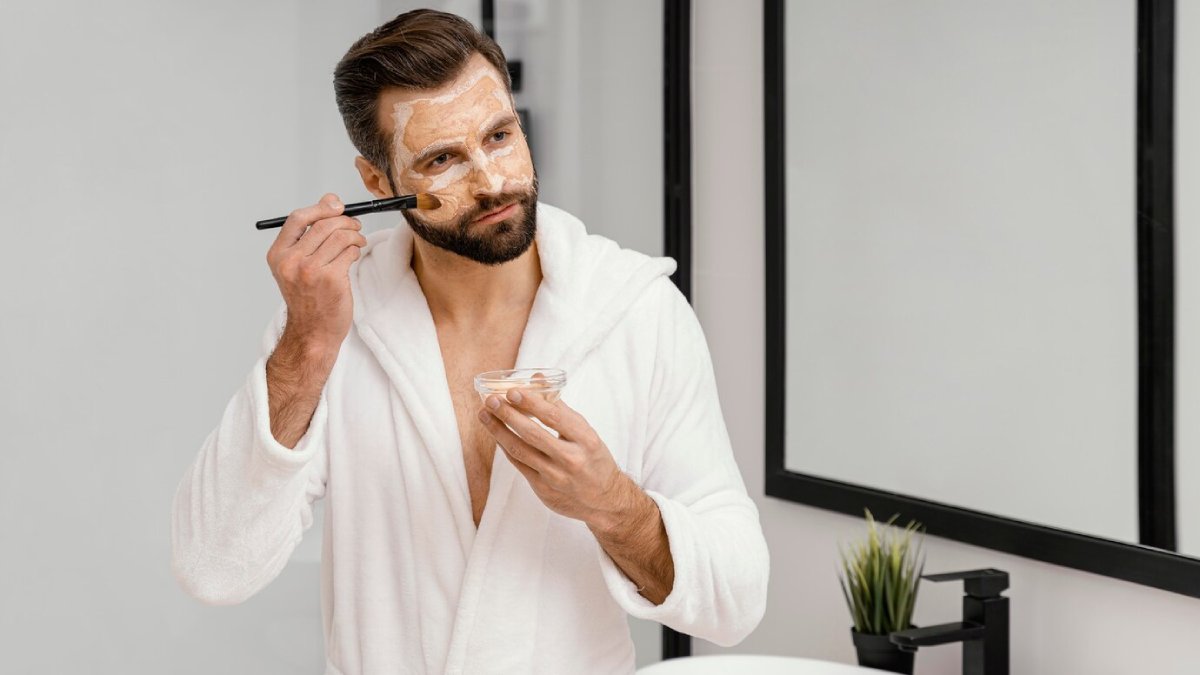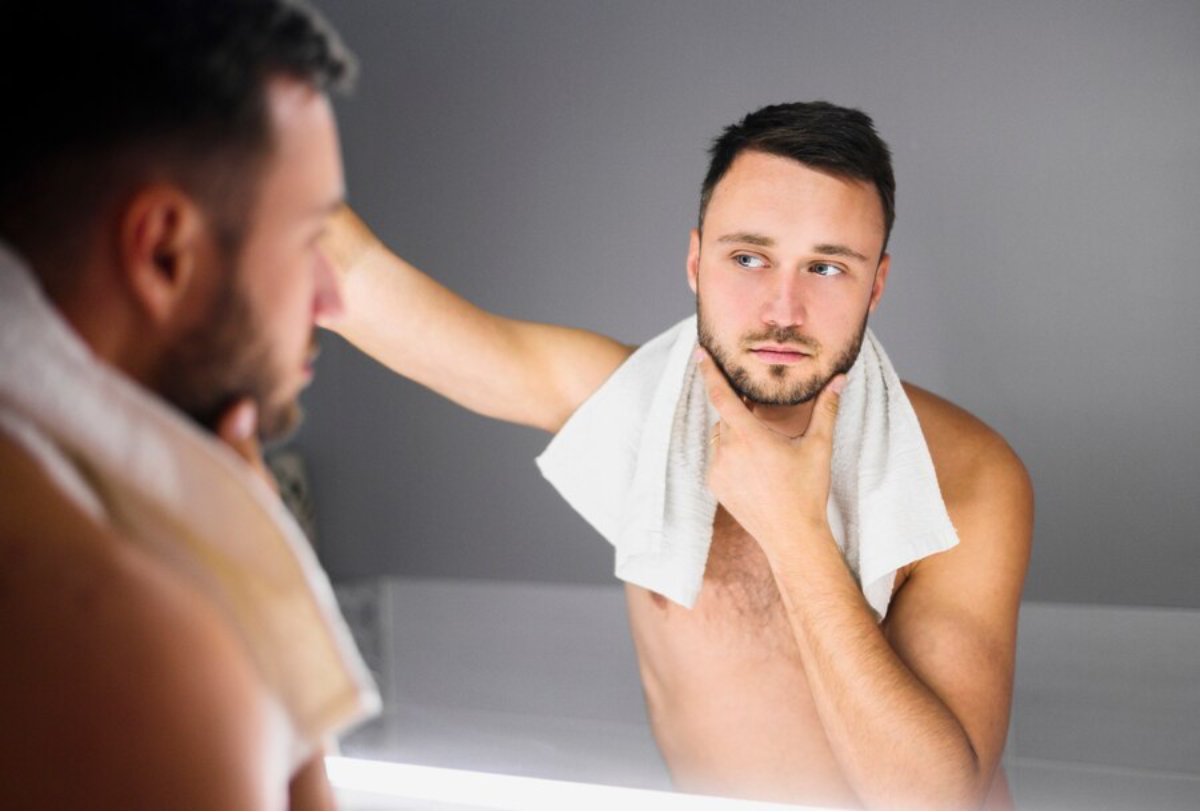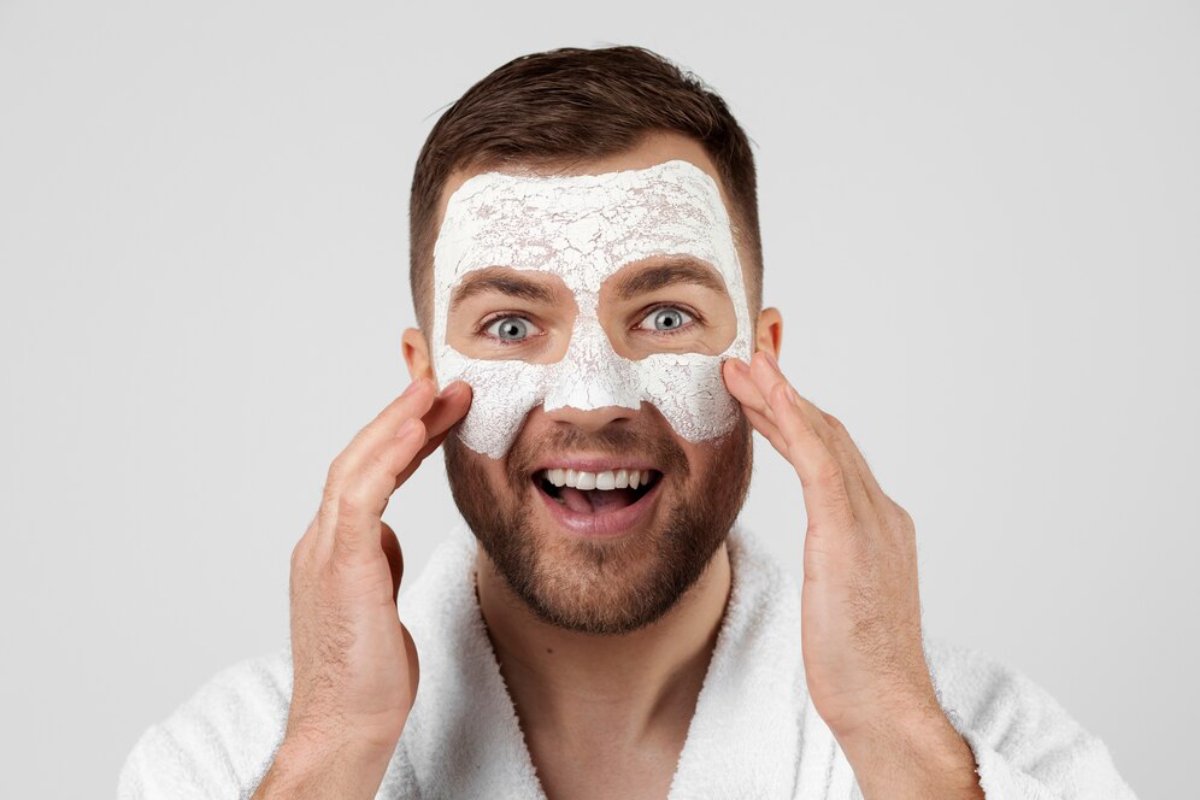
How to Exfoliate Without Damaging Skin
Exfoliation is often overlooked in skincare, but if done incorrectly, it can do more harm than good.
Many men skip exfoliating or use harsh scrubs. This can cause redness, sensitivity, or even breakouts. Regular exfoliation is safe and can improve skin texture. It also prevents ingrown hairs and helps your products absorb better. The key? Doing it gently, purposefully, and with the right tools.
This guide shows you how to exfoliate safely. This way, you can achieve a healthy glow without any irritation.
Understanding the Core
Exfoliation isn’t about scrubbing your face raw—it’s about strategically removing dead skin cells to reveal smoother, healthier skin underneath. At its core, exfoliation improves texture, prevents clogged pores, and enhances product absorption. But it must be done with care. The goal is to support your skin’s natural renewal process without disrupting its protective barrier. Whether you’re dealing with rough patches, dullness, or ingrown hairs, understanding how exfoliation works—and how your skin responds to it—is essential for seeing results without side effects.
Pro Tip: Exfoliating isn’t about scrubbing harder—it’s about working smarter with the right method for your skin type.
Quick Guide: Safe Exfoliation Tips for Men
- Choose the right exfoliant for your skin type.
- Limit exfoliation to 1–3 times per week.
- Avoid using physical scrubs with sharp or gritty particles.
- Apply with gentle pressure—never scrub aggressively.
- Follow up with a moisturiser and SPF.
- Stop exfoliating if your skin feels raw, tight, or inflamed.
- Don’t exfoliate over active acne, cuts, or sunburn.
Important: Exfoliating should never burn, sting, or leave your face red for hours. If it does, it’s time to reassess your method.

Step 1: Understand What Exfoliation Does
Exfoliation is the process of removing dead skin cells from the surface of your skin. This helps:
- Unclog pores and prevent acne
- Reduce roughness or flakiness
- Brighten dull skin
- Soften fine lines
- Minimise ingrown hairs (especially after shaving)
- Allow skincare products to penetrate more effectively
But too much of a good thing can be harmful. Over-exfoliating can damage your skin’s protective barrier. This may cause sensitivity, dryness, or even breakouts.
Step 2: Know the Types of Exfoliants
There are two main types of exfoliants—physical and chemical. Each has pros and cons depending on your skin type.
1. Physical Exfoliants (Scrubs)
Use gritty particles or brushes to manually slough off dead skin.
Examples:
- Face scrubs with microbeads, crushed walnut shells, or pumice
- Exfoliating brushes or pads
- Washcloths or textured sponges
Best For:
- Men with oily, thicker skin
- Areas with rough texture (not for sensitive zones)
Caution: Avoid scrubs with sharp or jagged particles—they can create microtears in the skin.
2. Chemical Exfoliants (Acids)
Use active ingredients to dissolve dead skin without scrubbing.
Types:
- AHAs (Alpha Hydroxy Acids): Glycolic, lactic – great for dry or dull skin
- BHAs (Beta Hydroxy Acids): Salicylic acid – ideal for oily or acne-prone skin
- PHAs (Polyhydroxy Acids): Gentler version of AHAs – good for sensitive skin
Best For:
- Sensitive, acne-prone, or combination skin
- Gentle, consistent exfoliation
Pro Tip: Chemical exfoliants can be leave-on toners, masks, or serums—check the usage instructions before applying.
Step 3: Choose the Right Exfoliant for Your Skin Type
| Skin Type | Recommended Exfoliant |
| Normal | AHA or gentle physical scrub (1–2x/week) |
| Oily | BHA (salicylic acid), exfoliating gel (2–3x/week) |
| Dry | Lactic acid (AHA), PHA toner (1–2x/week) |
| Combination | BHA for T-zone, AHA for dry areas (1–2x/week) |
| Sensitive | PHA, enzyme exfoliant, fragrance-free formulas (1x/week max) |
Tip: Avoid exfoliating immediately after shaving if your skin is easily irritated—wait at least 12–24 hours.
Step 4: Exfoliate With the Right Technique
No matter what type of exfoliant you use, application matters.

For Physical Scrubs:
- Wet your face with lukewarm water.
- Apply a dime-sized amount of scrub.
- Gently massage in small circles for 30 seconds—no pressure.
- Rinse thoroughly and pat dry.
For Chemical Exfoliants:
- Apply to clean, dry skin after cleansing.
- Use a cotton pad or hands (follow label instructions).
- Wait a few minutes before applying moisturiser.
- Do not rinse unless instructed.
Warning: Mixing exfoliants (like a scrub + acid) in one session can lead to irritation. Stick to one method per day.
Step 5: Follow With Moisturiser and Sunscreen
Exfoliating can temporarily make your skin more vulnerable. Always follow with:
- A hydrating moisturiser to lock in moisture and reduce sensitivity
- Sunscreen (SPF 30+) the next morning—especially if using acids
Product Tip: Look for moisturisers with ceramides, hyaluronic acid, or panthenol for soothing benefits.
Step 6: Know How Often to Exfoliate
Over-exfoliation is a common mistake. More isn’t better.
| Skin Type | Frequency |
| Normal / Oily | 2–3 times per week |
| Dry / Sensitive | 1 time per week |
| Acne-prone | Start with 1x/week, increase if tolerated |
| Combination | 1–2 times per week, focused on oily areas |
Signs of overdoing it:
- Tightness or burning
- Increased redness
- Breakouts or peeling
- Itchy or rough patches
If this happens, take a break. Focus on gentle cleansers and moisturisers that repair the barrier.
Step 7: Avoid These Exfoliation Mistakes
🚫 Using body scrubs on your face – Too rough for facial skin
🚫 Exfoliating broken or sunburned skin – Wait until healed
🚫 Exfoliating every day – Strips protective oils
🚫 Applying harsh scrubs after shaving – Can cause razor burn
🚫 Skipping SPF afterward – Skin becomes more sun-sensitive
Skincare Tip: If your skin stings or feels raw post-exfoliation, use a calming serum or barrier-repair balm for a few days.
Best Exfoliators for Men (2025 Picks by Skin Type)
| Skin Type | Recommended Product |
| Normal | The Ordinary Glycolic Acid 7% Toning Solution |
| Oily / Acne-Prone | Paula’s Choice 2% BHA Liquid Exfoliant |
| Dry | KraveBeauty Kale-Lalu-yAHA (lactic acid) |
| Sensitive | The Inkey List PHA Toner or COSRX Enzyme Powder Wash |
| Combination | Dr. Dennis Gross Alpha Beta Universal Daily Peel (1–2x/week) |
Frequently Asked Questions About Exfoliating
1. Can I exfoliate before shaving?
Yes—the day before is best. It helps lift hairs and reduce ingrown hairs. Avoid same-day exfoliation if you have sensitive skin.
2. What’s the difference between scrubbing and exfoliating?
Scrubbing is a form of exfoliation—but often done too harshly. Exfoliating refers to controlled removal of dead skin, either physically or chemically.
3. Can I use exfoliants if I have acne?
Yes—BHA (salicylic acid) is ideal for acne-prone skin. It helps unclog pores and reduce inflammation. Start slowly.
4. Why does my skin tingle after exfoliating?
A mild tingle is normal for some acids—but burning or prolonged redness means the product is too strong or being overused.
5. Can I use more than one exfoliant at once?
No. Layering acids or combining scrubs with peels can irritate or damage your skin barrier. Stick to one product at a time.
Exfoliate Smarter, Not Harder
Exfoliation is a powerful way to improve skin tone, clarity, and texture—but only when done correctly. With the right product for your skin type, a gentle approach, and good follow-up care, you can unlock smoother, clearer skin without the burn.
So choose wisely, go gently, and let your skin thank you with every glow.


